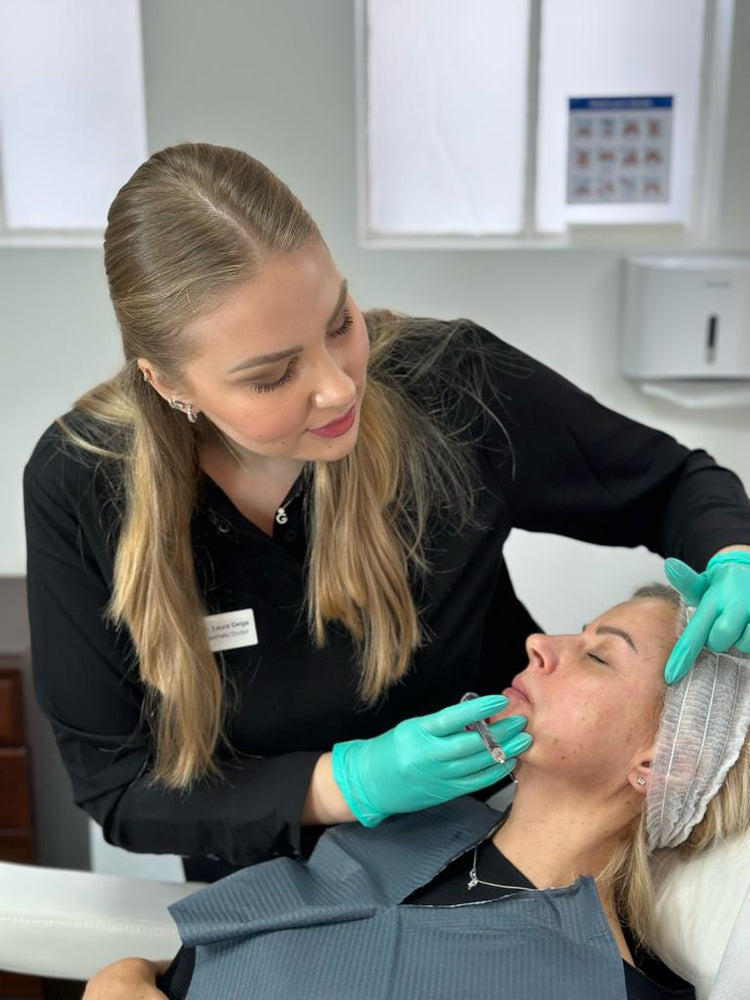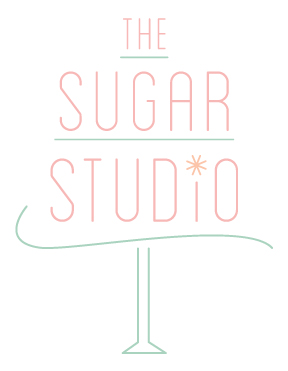Temporary Nasolabial Fold Fillers

Nasolabial folds, those creases that run from the nose to the corners of the mouth, can contribute to a look of age and fatigue. Fortunately, dermal fillers offer a non-surgical solution for smoothing these lines. One popular option is temporary nasolabial fold filler, which uses hyaluronic acid gel to temporarily plump up the skin and reduce the appearance of wrinkles.
Types of Temporary Fillers
There are several types of temporary fillers used to address nasolabial folds in Kingston Upon Thames. Hyaluronic acid (HA) based fillers are the most common, HA is a naturally occurring substance in the body that helps maintain skin volume and hydration. These fillers come in various consistencies and formulations, allowing practitioners to tailor the treatment to individual needs.
Other temporary filler types include poly-L-lactic acid (PLLA) and calcium hydroxylapatite (CaHA). PLLA stimulates collagen production over time, gradually filling in the nasolabial folds for a more lasting effect. CaHA is another biocompatible material that provides immediate volume and can last for several months.
Duration of Results
The duration of results with temporary nasolabial fold fillers varies depending on the type of filler used and individual factors like skin elasticity and metabolism. Hyaluronic acid (HA) fillers typically last between 6 to 18 months, gradually being absorbed by the body over time. Poly-L-lactic acid (PLLA) fillers offer a longer-lasting result, with effects typically visible for 12 to 24 months.
Calcium hydroxylapatite (CaHA) fillers tend to last around 6 to 9 months. It’s important to note that these are general timelines, and your personal results may vary. Regular follow-up treatments are usually recommended to maintain the desired outcome.
Recovery and Aftercare
The recovery process after a temporary nasolabial fold filler treatment is generally quick and straightforward. Most people experience only mild swelling, redness, and bruising at the injection sites, which typically subside within a few days.
To ensure proper healing and minimize any potential side effects, it’s essential to follow your practitioner’s aftercare instructions carefully. These may include avoiding strenuous activity, applying ice packs to reduce swelling, and gently cleansing the treated area.
You should also avoid touching or rubbing the injection sites and refrain from exposing them to excessive sun or heat for several days following the procedure. Most patients can resume their normal activities within a day or two, although it’s recommended to avoid makeup application for at least 24 hours to allow the skin to heal properly.
If you experience any unusual or concerning symptoms such as persistent swelling, pain, or infection, contact your practitioner immediately.
Permanent Nasolabial Fold Fillers
While temporary fillers provide a noticeable improvement, individuals seeking longer-lasting results may consider permanent nasolabial fold fillers. These innovative treatments utilize biocompatible materials designed to remain in the skin for extended periods, minimizing the need for repeat injections.

Types of Permanent Fillers
Permanent nasolabial fold fillers offer a long-term solution for smoothing wrinkles, eliminating the need for frequent touch-up appointments. These fillers are made from various biocompatible substances intended to last several years or even indefinitely.
One prominent type is polymethyl methacrylate (PMMA), a synthetic polymer that provides a stable and lasting result. PMMA is injected into the nasolabial folds, where it acts as a scaffold for collagen production and tissue regeneration. Another option is silicone implants, which are surgically placed under the skin to fill in the wrinkles. Silicone is a biocompatible material known for its durability and longevity.
It’s crucial to carefully consider the pros and cons of permanent fillers before opting for this type of treatment. While they offer long-lasting results, permanent fillers cannot be easily removed if desired or if complications arise. Additionally, there’s a higher risk of side effects such as scarring, infection, or migration of the filler.
Therefore, it is essential to consult with a qualified and experienced practitioner who can assess your individual needs, skin type, and medical history to determine whether permanent fillers are the right choice for you.
Longevity of Results
Permanent nasolabial fold fillers offer long-lasting results, minimizing the need for repeated injections. These fillers are typically made from biocompatible materials designed to remain in the skin for extended periods.
Polymethyl methacrylate (PMMA) is a synthetic polymer that provides a stable and lasting result. It acts as a scaffold for collagen production and tissue regeneration. Another option is silicone implants, which are surgically placed under the skin to fill in wrinkles. Silicone is known for its durability and longevity.
However, it’s crucial to understand that permanent fillers cannot be easily removed if desired or if complications arise. There is also a higher risk of side effects such as scarring, infection, or migration of the filler compared to temporary options.
Before opting for permanent fillers, consult a qualified practitioner who can assess your individual needs and medical history to determine if this treatment is suitable for you.
Risks and Considerations
Nasolabial folds are creases that run from the nose to the corners of the mouth and can make you look older. Dermal fillers offer a non-surgical solution for smoothing these lines. There are two main types of nasolabial fold fillers: temporary and permanent.
Temporary nasolabial fold fillers use hyaluronic acid gel, a natural substance in your skin, to temporarily plump up the skin and reduce wrinkles. These fillers last between 6 months to 18 months depending on the type used and individual factors like skin elasticity.
- Hyaluronic Acid (HA) fillers are the most common type, lasting around 6 to 18 months.
- Poly-L-Lactic acid (PLLA) fillers last longer, with results visible for 12 to 24 months.
- Calcium hydroxylapatite (CaHA) fillers tend to last around 6 to 9 months.
Permanent nasolabial fold fillers are made from materials designed to stay in your skin longer, minimizing the need for repeated injections. These fillers can last several years or even indefinitely
- Polymethyl methacrylate (PMMA) is a synthetic polymer that acts as a scaffold for collagen production and tissue regeneration.
- Silicone implants are surgically placed under the skin to fill in wrinkles and are known for their durability.
While permanent fillers offer long-lasting results, they cannot be easily removed and carry a higher risk of side effects compared to temporary options. It is essential to consult with a qualified practitioner to determine if permanent fillers are the right choice for you.
Reversibility
Permanent nasolabial fold fillers are designed to last considerably longer than temporary fillers, offering a more enduring solution for smoothing wrinkles. These fillers are typically made from biocompatible materials intended to remain in the skin for extended periods, sometimes indefinitely.

Polymethyl methacrylate (PMMA) is a popular choice for permanent nasolabial fold fillers. PMMA is a synthetic polymer that stimulates collagen production and tissue regeneration, providing a long-lasting result. Another option is silicone implants, which are surgically placed under the skin to fill in the nasolabial folds. Silicone is known for its durability and longevity.
It’s important to understand that permanent fillers offer a commitment. They cannot be easily removed if desired or complications arise. There’s also a higher risk of side effects compared to temporary fillers, including scarring, infection, or migration of the filler.
Before opting for permanent nasolabial fold fillers, it’s crucial to have a thorough consultation with a qualified and experienced practitioner. They can assess your individual needs, skin type, medical history, and discuss the potential risks and benefits associated with this treatment option.
- THC Seltzers Vs CBD Drinks: What’s The Difference? - December 3, 2025
- THC Beverages In The Workplace: Pros And Cons - December 2, 2025
- Sparkling Cannabis Seltzers You Need To Try - November 30, 2025
